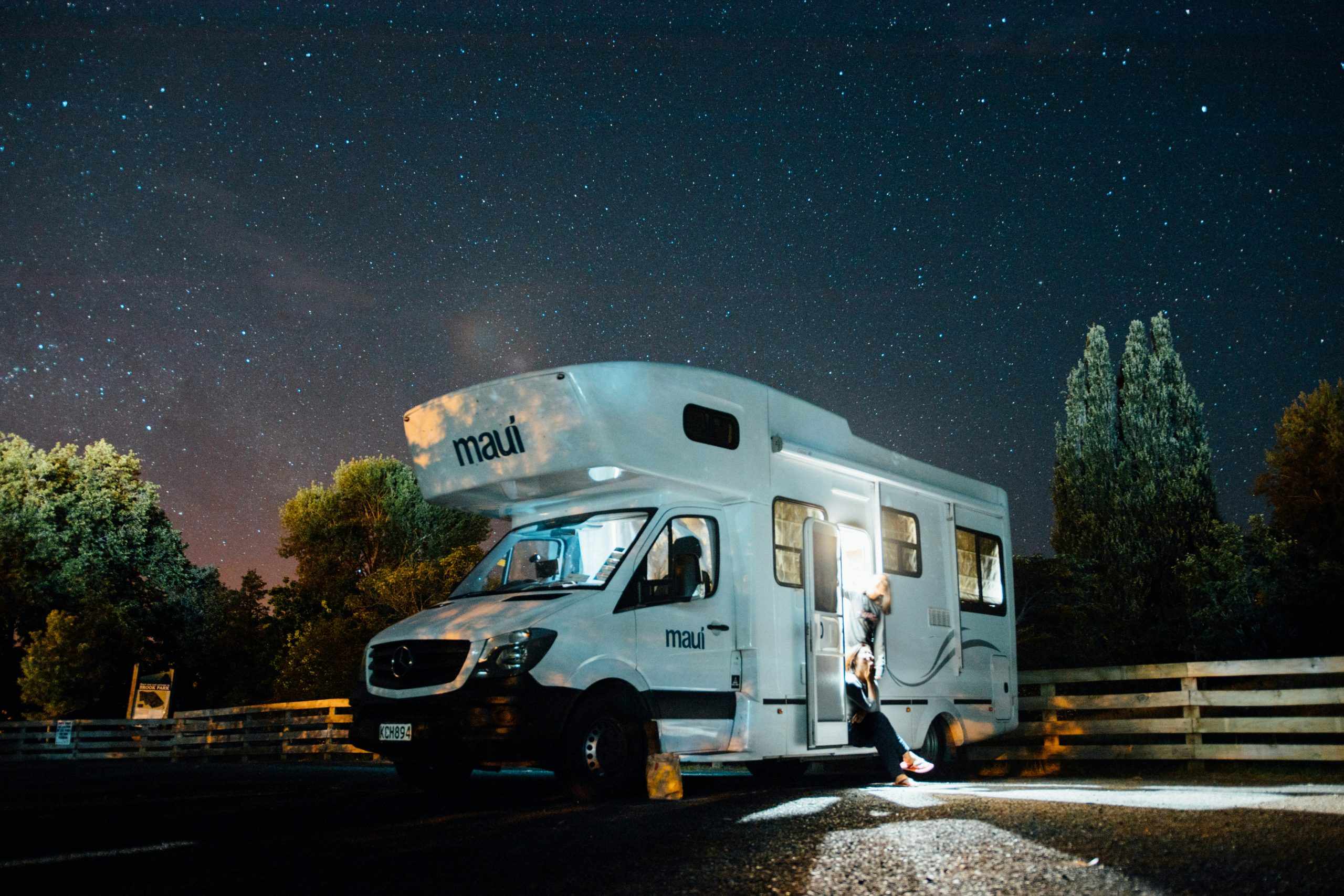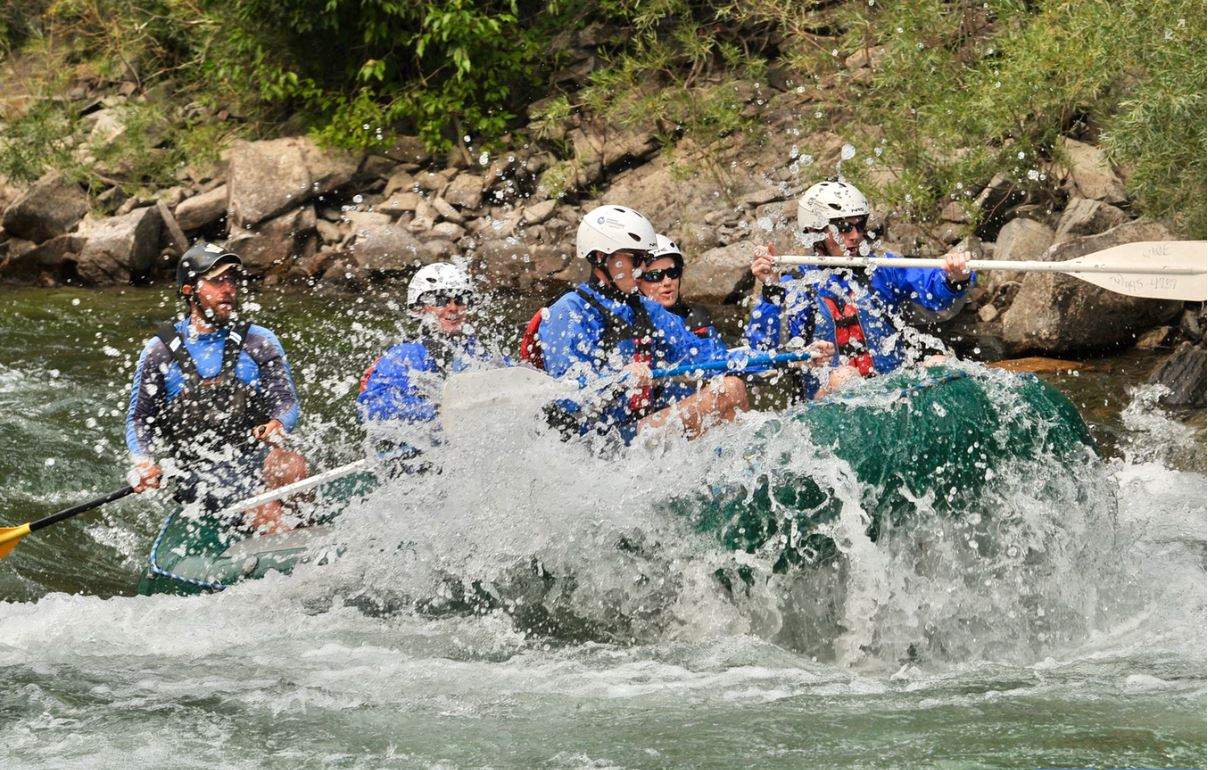The power of water has carved some of the world’s most beautiful scenic places. From desert canyons to lush Appalachian valleys and everywhere in between, the United States is home to many amazing places and the rivers that formed them. Whitewater rafting lets you see them from a whole new perspective and feel the power in those rivers up close. There is a river for everyone whether you are a newbie or an adrenaline junkie. Read on to learn how to find the perfect whitewater experience for you!
The Basics
Whitewater is formed when the gradient of a river (or stream) is steep enough to cause turbulence in the water. Other factors include obstructions, such as rocks, and flow rate create the rapids that form whitewater. Rapids are important to the river ecosystem because they aerate the water. The air produces the bubbly, frothy appearance that looks white, hence the term whitewater.
Navigating these areas in a raft, canoe, or kayak requires a lot of skill and experience. Whitewater guides learn to “read” a river and understand how to approach different conditions to optimize both adventure and safety. Rafting can be dangerous, which lends the sport some of its excitement, but statistically you are more likely to get struck by lightning than to die in a rafting accident, especially on a trip guided by a professional outfitter.
So strap on your helmet, tighten your flotation vest, and grab a paddle!

Important Terms
Like any sport, whitewater enthusiasts can seem to speak a language all their own. Here are some terms to help decode what your guide might say to you. For more help with whitewater rafting terms, check out this list.
River Right or Left: Listening to the guide and following instructions is very important, but right and left can be confusing terms if people are facing different directions. River right and left are the right or left side of the river when facing downstream.
Highside! A command from the guide that helps prevent flipping a raft or getting stuck on a rock. It often involves moving to the “high side” of a boat, or otherwise moving the boat to allow the current to pass under (rather than into) the raft.
Ducky: An inflatable kayak. If the level of difficulty is appropriate, you can choose to paddle independently in a ducky. The guide will keep the group together and give important instructions along the way.
Eddy: A calm pool behind an obstacle. While these aren’t always good, often catching one is a great way to slow down, stop to rest after an obstacle, or pause to keep a group together on the river.
Broach: When a boat has its broadside facing downstream. Not usually a good thing.
Portage: When you are forced by conditions to walk and carry the boat around an obstacle.
Hole: A river feature created when water flows down over a rock or obstacle then reverses direction back upstream, usually underwater.
Swimmer: Someone who has fallen out of the raft.

The Class System
The International Scale of River Difficulty classification system is used around the world to identify the difficulty level of a river. While it is an extremely helpful and useful system, it is not an exact science. Some sections of a river can be classified differently than others, and the same section of river can vary in difficulty with seasons and weather that changes water levels and flow rates.
That being said, the class system is the best tool available to understand what you’re getting into before getting into the boat. There are six categories and a higher number indicates a higher level of difficulty. A plus or minus can be added to indicate being in the easier or harder ends of the range. Typically, Roman numerals are used. Read here for more about the classification system or whitewater safety.
Class I – Fast moving water with riffles and small waves. Few obstructions, very low risk.
Class II – Known as the novice level, with straightforward rapids and wide, clear channels. Obstructions are obvious and can be avoided by a trained paddler.
Class III – Considered intermediate, these rapids require good boat control and complex maneuvers in a fast current.
Class IV – Advanced, precise paddling skills required, as many rapids, waves, holes, or constrictions are unavoidable. There is a moderate to high risk of injury to swimmers. These sections are intense and powerful but predictable.
Class V – Expert level whitewater. Large drops, extremely long or particularly violent rapids, demand high levels of both skill and endurance. Class 5 has an extremely broad range and therefore uses a decimal system (5.0, 5.1, 5.2…) to rate difficulty within the category.
Class VI – This designation is used for extreme or exploratory areas. They are extremely difficult, and because they have rarely been attempted, they are also unpredictable and extremely dangerous. Teams of experts, in ideal conditions, can begin to run unexplored rivers and in time, the rating may be changed to the appropriate Class 5.x rating.
5 Amazing Whitewater Experiences
Ready to hit the river? The United States is home to some of the best whitewater and most difficult rafting rivers in the world. Here are 5 ideas to get you started! Find an amazing whitewater experience near you!

The Rogue River, Oregon
Class III / Intermediate
Season: May-October
Great for beginners and families, the Rogue River offers exciting stretches of rapids with long, flat stretches in between for fun and swimming. There is no shortage of beautiful canyon scenery and wildlife can often be spotted along the way. The river is dam controlled, so flows are consistent all summer long.
Learn more at http://www.oregonsrogueriver.com/
The Colorado River through the Grand Canyon, Arizona
Class IV / Intermediate
Season: April – October
The rafting trip of a lifetime! Traveling the entire 280 miles typically takes 15-18 days. It is possible to choose to run shorter sections, but even the shorter Upper Canyon segment takes five days, and shortening the trip requires a 9-mile hike to or from the rim via the Bright Angel trail. If possible, plan to raft the whole canyon. Commercial trips often sell out a year in advance, so this one requires advance planning. This is a whole new way to experience the Grand Canyon! This river is also dam-controlled to keep flows consistent throughout the season.
Learn more from the Grand Canyon River Outfitters Association.
The Rio Grande River through Big Bend National Park, Texas
Class I-III Beginner-friendly
Season: Year-round
Great for beginners, the Rio Grande through Big Bend National Park offers many trip options, ranging from a half day to six days, and rapids rated from Class I to Class III. It’s a perfect place to get your feet wet (pardon the pun!) while enjoying the incredible scenery of this remote border area. Opportunities for side hikes, swimming, and hot springs abound. This is one of the few rivers that’s warm enough to raft in the winter, which makes it a very popular spring break destination in March. Trips offered all year round.
Learn more about river trips through Big Bend National Park.
The New River, West Virginia
Class I-III Beginner / Class IV Intermediate
Season: May-September
Passing through lush Appalachian canyons, the New River is well-known in whitewater circles for its wide range of water features. The Upper New River offers enough adventure to be exciting without exceeding a Class III difficulty rating. Opportunities for swimming make it a great family outing, and it can be run with children as young as six. The Lower New River passes through a canyon dubbed “The Grand Canyon of the East” and offer more challenge at a Class IV+ difficulty rating. It drops 250 feet in 16 miles as it heads for the landmark New River Gorge Bridge. With a guide, beginners with a taste for more adventure can run the Lower New. The New River is not dam-controlled, but as a high-volume river, the flows are sufficient for the whole season.
If you love the Lower New River, the nearby Gauley River is one of the world’s top whitewater experiences. Because the difficulty rating is 5+, it is recommended that you have experience with Class IV whitewater before signing up for a trip.
Here’s a list of licensed outfitters from the National Park Service.
The Kennebec River, Maine
Class IV / Intermediate
Season: May-October
Remote, beautiful wilderness, abundant opportunity for wildlife viewing, and some excellent Class IV white water… what more could you want from your day on the river? Hold on tight and trust your guide to take you over the Class V Magic Falls. The Kennebec is a dam-controlled, high-volume river with a consistent flow from May to October.
If you are in western Maine but seeking a slightly less exciting day on the river, check out the Dead River (Class III-IV) instead.
Learn more from the Kennebec Valley Explorer.
If you’re an outdoor enthusiast who has never been whitewater rafting, add it to your bucket list! It is truly a unique way to experience nature and witness some incredible canyons and valleys from the vantage point of the rivers that carved them. Why not plan a trip this summer!?








